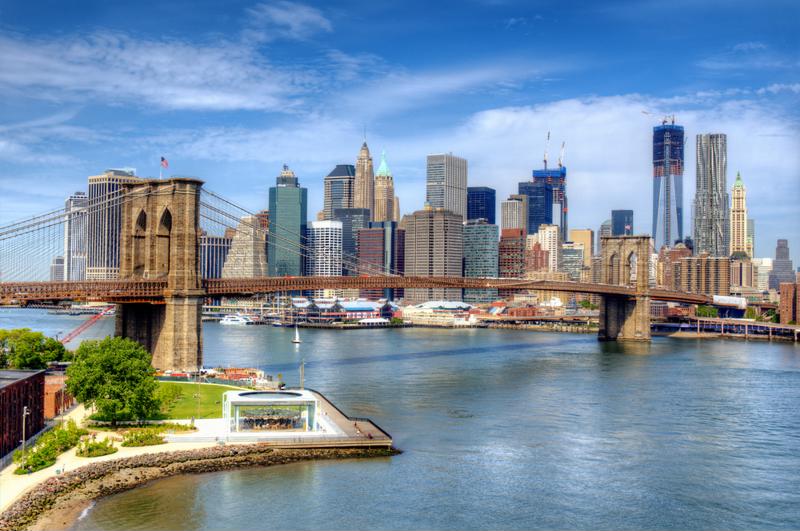The Panama Canal will soon be large enough to host post-Panamax ships, and that change could be enough to completely transform preferred shipping routes.
The Panama Canal expansion project is expected to divert a substantial amount of traffic to the East Coast. Research conducted by The Boston Consulting Group and C.H. Robinson found that up to 10 percent of container traffic sent to the U.S. from East Asia could move from the West Coast to the East Coast by 2020. That volume, a press release explained, is equivalent to constructing a port around double the size of those in Charleston and Savannah.
 The New York-New Jersey port complex is among the East Coast terminals set to benefit from the Panama Canal expansion.
The New York-New Jersey port complex is among the East Coast terminals set to benefit from the Panama Canal expansion.East Coast ports set to experience substantial growth through 2020
Research found that when the project is completed, East Coast ports should experience double-digit growth through 2020, compared with the Los Angeles-Long Beach port complex, which is estimated to expand at a rate closer to 5 or 10 percent after the expansion is finished. The New York-New Jersey port complex and the Southeastern terminals of Norfolk, Savannah and Charleston stand to gain the most from the canal project.
In 2014, 35 percent of the goods shipped from East Asia to the U.S. ended up at East Coast ports. Without the Panama Canal expansion, current growth rates would boost that volume to 40 percent by 2020. But with the project set to be completed next year, that figure is set to grow to as much as 50 percent by the same year. The study, in explaining how the Panama Canal expansion could completely reshape the logistics map, noted that the competitive balance between the East and West Coasts will be permanently changed following the project’s completion.
“East Coast ports should experience double-digit growth through 2020.”
“With the Panama Canal’s expansion, shippers will have more options and carriers will compete to provide those options,” Peter Ulrich, a BCG partner and the leader of the firm’s transportation and logistics topic area in North America, explained in the press release. “Rail, truck and ocean carriers will all have to reconsider their routing and investment decisions. And shippers will need to make fundamental choices, such as where to locate distribution centers and how to segregate their cargo heading for the heartland.”
Panama Canal expansion will change shipping routes
The ports’ relative proximity to the “battleground region” where East and West Coast ports battle for customers, as well as popular rail routes, will help fuel their growth. The battleground is where West Coast ports ship goods to – as far east as the Ohio River Valley. This region could expand several hundred miles west, and encompass a landmass area that accounts for around 15 percent of the U.S. GDP. Shipping through the canal will be a cost-cutting alternative to the battleground region, though it is the slower option.
“Companies accustomed to shipping to the West Coast and relying on relatively fast rail service to cover most of the country will need to take a much more segmented and dynamic approach,” Sri Laxmana, the director of ocean services at C.H. Robinson, stated in the press release. “When time is of the essence, that routing may continue to make sense. But for other products, the savings of shipping through the Panama Canal will likely outweigh the extra time in transit.”
Though slower, shipping goods through the Panama Canal is a cost competitive option that will be made better by the fact that it will soon be able to accommodate post-Panamax vessels. These massive ships can move two to three times more cargo than current vessels. While shippers who need to move goods quickly will probably still choose the West Coast, when cost is the top priority, many could choose to move cargo through the Panama Canal to East Coast ports.